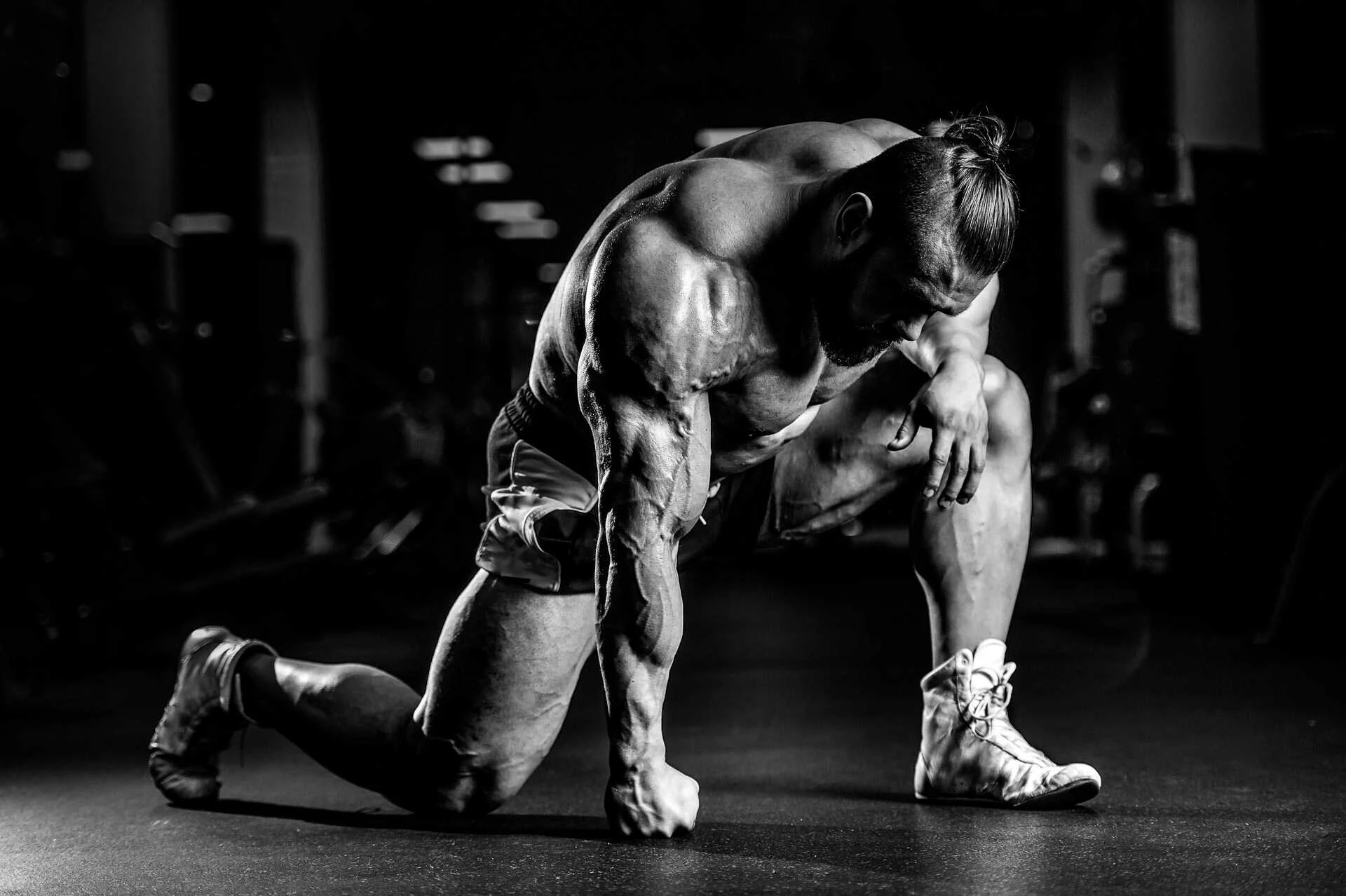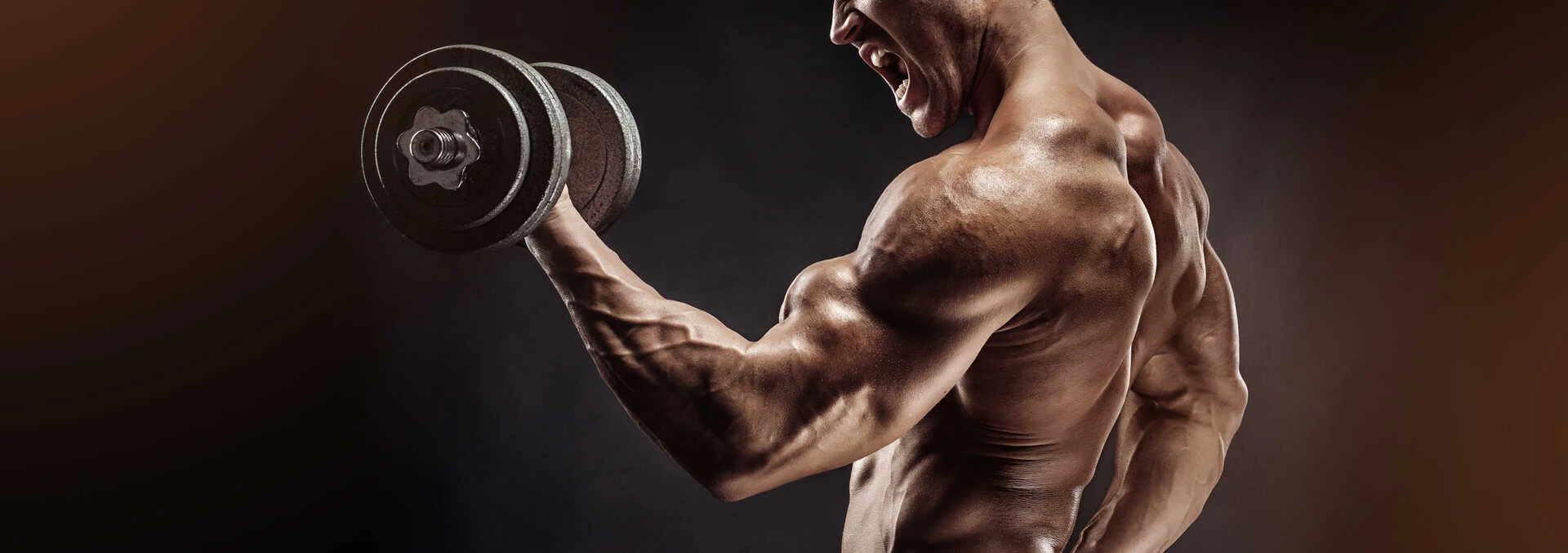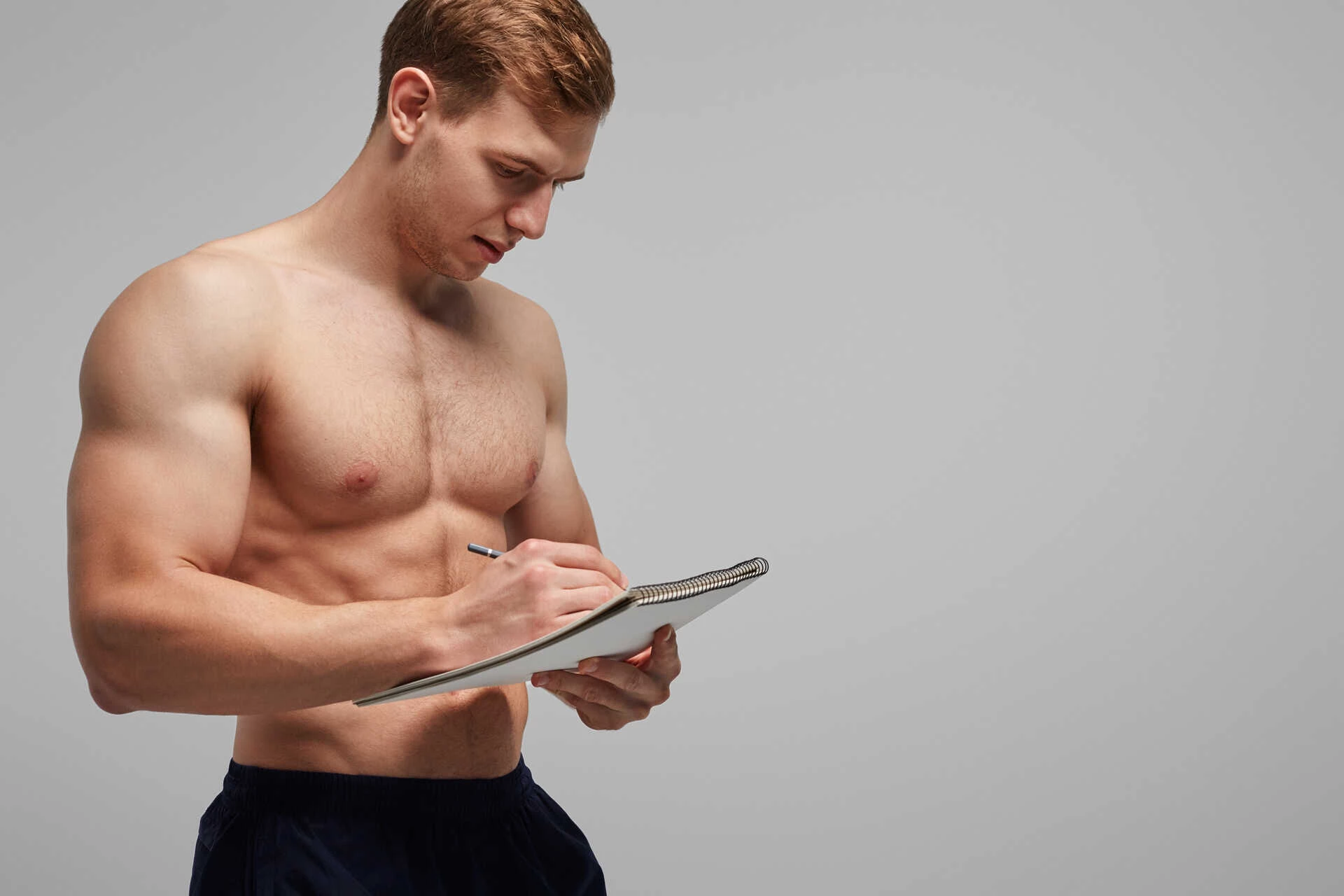Your complete guide to painless squats

You know that squats are necessary to build a round butt. But what if it hurts to do this important exercise? Find out why your squats are painful and how you can fix it!
Squats are a fundamental exercise that will help you build your dream booty, and they are the foundation for solid lower body strength. These reasons are good enough, but it's hard to convince yourself to squat when it hurts!
All the time, you can see women complaining that squats hurt their knees, hips or lower back (and sometimes all three body parts at the same time). While each type of pain is caused by very different physical problems, the truth is that no matter where the pain occurs, most of us have the same problems.
Squat pain usually doesn't come from exercise, but from a sedentary lifestyle! Even with regular exercise, many of us sit for most of the day. Sitting all day long causes all kinds of physiological problems, and many of them are most apparent when we are trying to squat in the gym.
If something hurts when you do squats, it is likely because you have weak hips or back, weak torso or gluteus muscles.
Weak gluteal muscles
Regardless of what hurts when you squat, the pain can often be attributed to weak gluteal muscles. In general, women place an emphasis on the quads, but not enough attention to their gluteal muscles and the posterior thigh group (posterior chain). This dominance of the quadriceps is due to the fact that there is a sedentary lifestyle, and there is also a lack of training with the proper form of lifting. To do squats well, it's important that the hamstrings, glutes and quads work together.
The buttocks, in particular, should be a major player in squats. If they are not strong enough to control movement eccentrically (down the path) and concentric (up the path), or help the torso support the trunk upright, other muscles must do it for them, which is not supposed to.
Weak glutes often force the athlete to lean too far forward while squatting, which compensates for the lower back and hip flexors. The lower back should not take over the work of the gluteal muscles during the squat. If this happens, it can cause a number of dysfunctions and a lot of pain in the lower back. Bending also puts stress on the hip flexors to maintain balance. If your hip flexors are constantly tense, it can potentially cause hip pain.
Because women often use quadriceps instead of hamstrings or glutes, they may also be more susceptible to knee injury because the knees move too far forward and / or twist inward while squatting. If your knees are turned inward or move too far beyond your legs, you can put too much stress on the kneecaps and other tendons and ligaments, all of which lead to knee pain.

Weak hips and upper back
Your hips and upper back (thoracic spine) are designed to be very mobile. Because many of us spend so much time in a sitting position, we tend to lose mobility in both of these areas.
When you squat with limited mobility in both hips or thoracic spine, you lean forward. While it is normal to have a slight forward bend as you descend in your squat, lack of mobility can make these areas of your body weak. This can cause the spine to lose its natural curve. This is especially noticeable in the lower spine.
If your spine moves out of its natural position, you may get some pain.
Weak torso
People often underestimate how important core strength is to a proper squat. When squatting, it is important to maintain an upright posture and maintain it this way throughout the exercise. If your torso is weak, you will not be able to keep your torso upright.
If you are unable to keep your torso upright, you will end up leaning excessively forward and losing the natural arch in your spine. Both of these facts, as you already know, cause discomfort. It will also be very difficult for you to lift heavy weights.

Your plan for painless squats
Now that you know what is likely causing your squat pain, you need to fix it! Here's a four-part plan for you every time.
Point 1: Form validation
What is difficult about squats is the different forms of each type, which are performed slightly differently.
If you're unsure of how to do a particular exercise, start by watching a video, read about the correct technique, and then focus on moving correctly in a light-duty gym. Only increase the weight as much as it will keep you in good shape.
Point 2: Strengthen Your Glutes
As you've probably figured out by now, your glutes must be strong in order to do good painless squats.
An excellent exercise for strengthening the buttocks is the bridging. To bridge, lie on your back with your knees and spine bent. Raise your hips in the air, squeezing your glutes. You can increase resistance by resting your upper body on a bench and adding plates to your hips. You can also do a bridge with one leg raised.
Point 3: Strengthen Your Torso
If your torso is weak enough, your squats will also be weak and possibly painful. One of the exercises to strengthen the torso is the plank.
For this exercise, place your elbows and forearms on the ball so that you are in a plank position with a slight bend at the knees. Move your elbows in a circular motion, preventing your hips from moving. Move in both directions.
Start with 30 seconds in each direction and work your way up to one minute.
Point 4: Warm the hip flexors
We sit a lot. This means that our hip flexors tend to be short and stiff. Below is a simple yet effective hip flexor stretch that can make a real difference if done properly.
To stretch, stand on one knee and hold a stick or roller in front of you. Press the tool actively into the floor. This small but important step will ensure that you engage your torso and feel the hip flexor stretch.
Keep your body upright as you squeeze your buttocks and lower them down. Lean forward from the hip, holding the end position for no more than 2 seconds. Go back to the beginning and repeat the movement 8-10 times for each leg.
Don't rule out squats
The saying "if it hurts, don't do it" is pretty good advice. However, almost everyone should include squats in their program. They should start with the correct weight and be carried out in a proper manner that is not painful. If squatting causes pain, it is very important to correct the movement dysfunctions mentioned above.
Don't be afraid of squats! Just take your time and feel free to practice them. You may not be able to master this exercise on your first try, but it really is one of the best full body exercises you can do for any fitness goal.